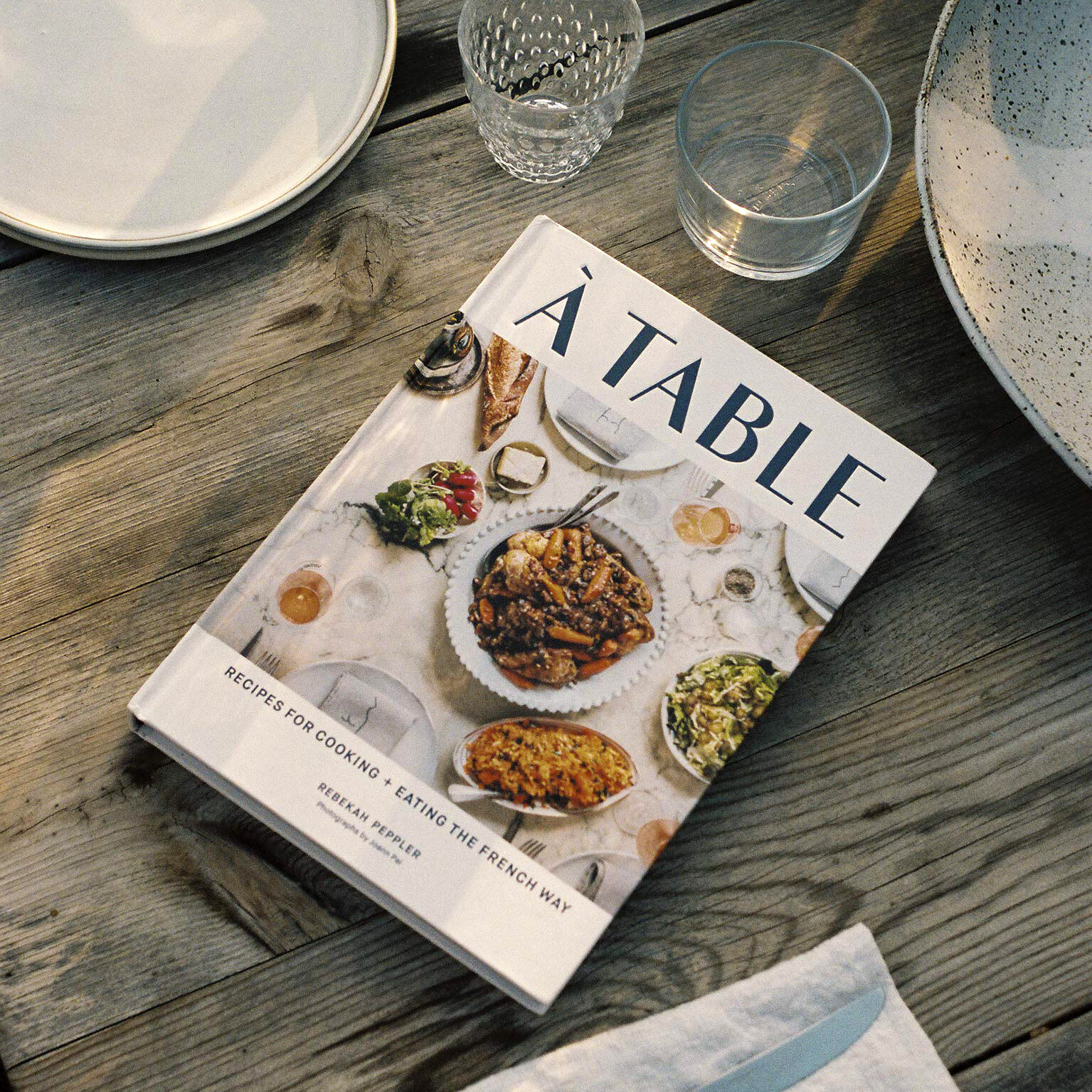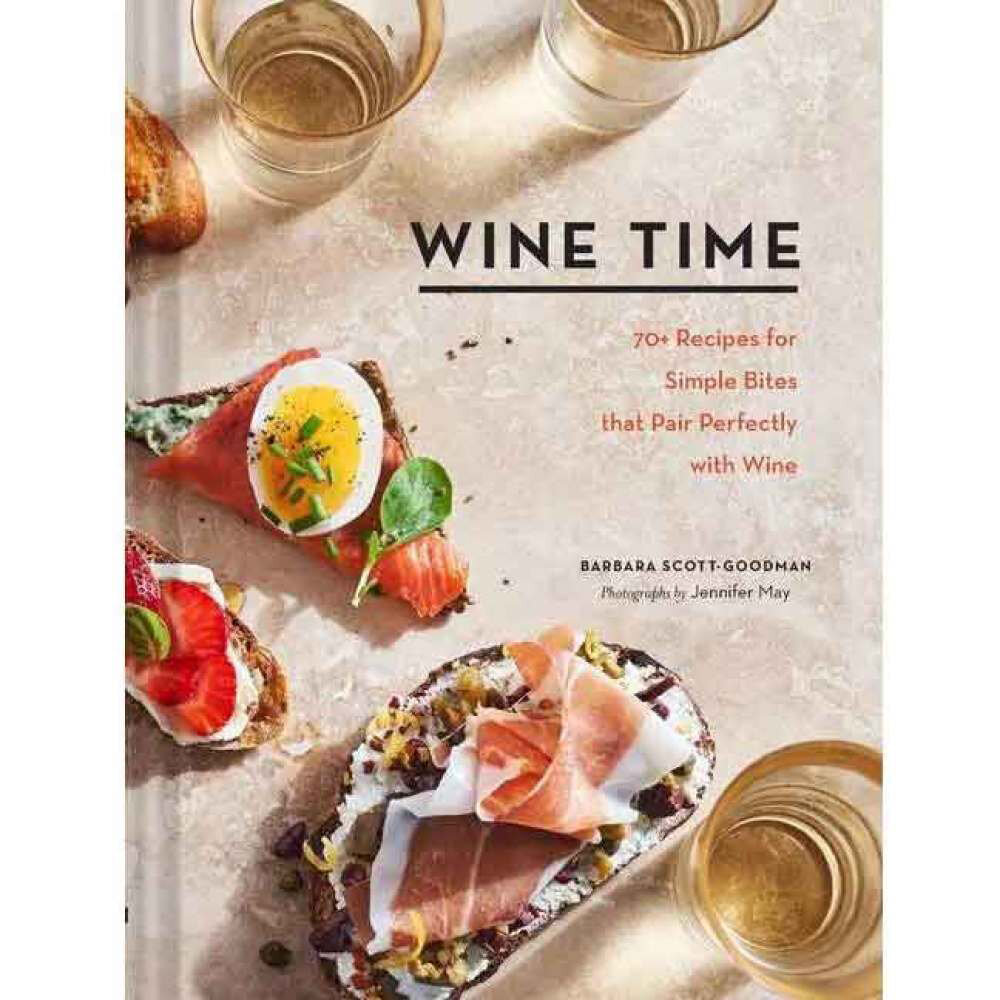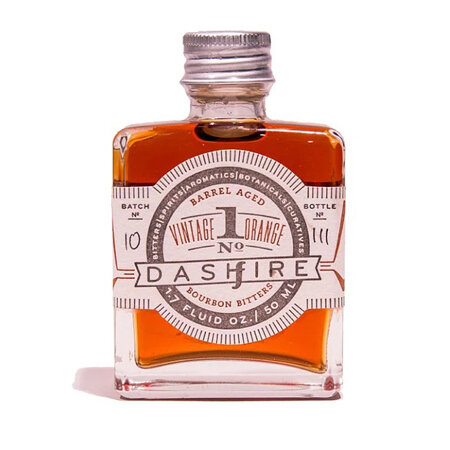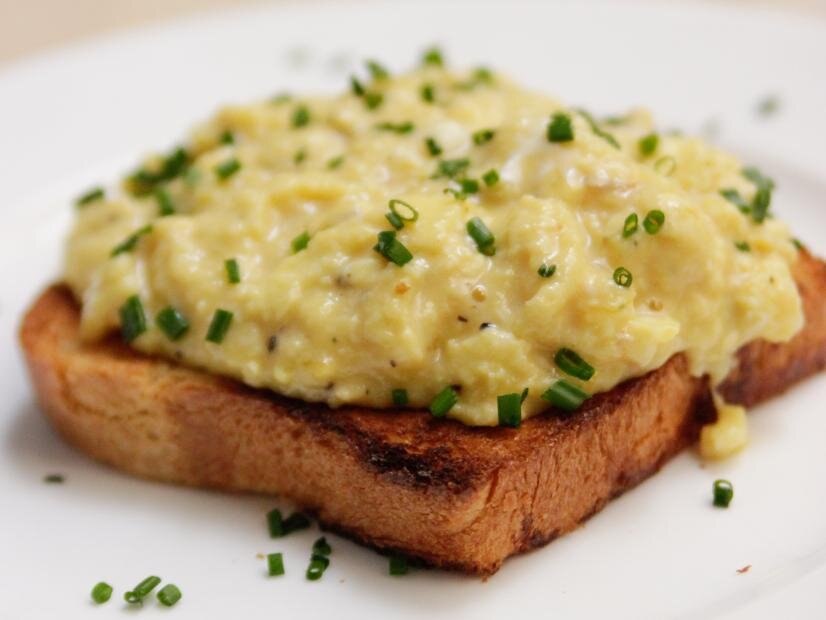New food and drink books that have us salivating
Happy days are here again, and we’re ecstatic at the thought of entertaining more than ourselves. Finally! With parties back on the table À Table is an especially welcome treat. A beautifully designed book on eating the French way, the recipes here are approachable and inspired (Coq au Vermouth, Mussels with Rosé and Heirloom Tomatoes), accompanied by lush photography. Fans of David Liebovitz will like this one, by ex-pat Rebekah Peppler. Another way to get a dose of France right now is to flip through Plat du Jour. The cover and endpapers alone, in French Country floral, will transport you straight to the Continent. Author Susan Hermann Loomis is a hand-holder, like Julia Child, helping the American cook master everyday classic French cuisine. She’ll get you through a Potato & Chive Soufleé and a Normandy Seafood Stew, honest. Both books make excellent gifts.
On the drinks end, we’ve got a new favorite in John deBary’s Drink What You Want, with witty concoctions (Corpse Reviver Number Blue) and snappy prose (chapters include Feeling Lazy, Feeling Fancy, Feeling Desperate). The retro illustrations provide eye candy relief from the Instagram pics of so many modern drink books. On the other hand, when gorgeous photos are what you want, definitely turn to Beautiful Booze. The highly styled drinks from Natalie Migliarini and James Stevenson first gained an Insta following and then deservedly became a book with their best drinks compiled into a handsome volume you’d be happy to have in your bar library.
When wine is your cocktail-hour beverage of choice, Wine Time is a nice little book to have around. Filled with recipes for simple bites that pair perfectly with wine, you’ll get plenty of ideas here to elevate your hors d’oeuvres repertoire. The book and a bottle of vino make a thoughtful house gift.
Last but not at all least on our warm-weather reading list are a pair of books by Marnie Hansel and Jen Stevenson, The Picnic & Summer: A Cookbook. Both are delightfully illustrated, with bright recipes and breezy writing. Summer: A Cookbook has a beach-y feel (99 Ways to Use a Sand Pail) with recipes for portable feasts like Beer-Boiled Peel & Eat Shrimp and Mermaid Soba Noodles with Miso Dressing. The Picnic is chock full of useful tips for carry-out eating (Practical Porters), and recipes that will make you want to eat outside immediately (a dozen different deviled eggs!). Though they cover similar territory, these books are also a lovely pair. It’s hard to read them without smiling.





















